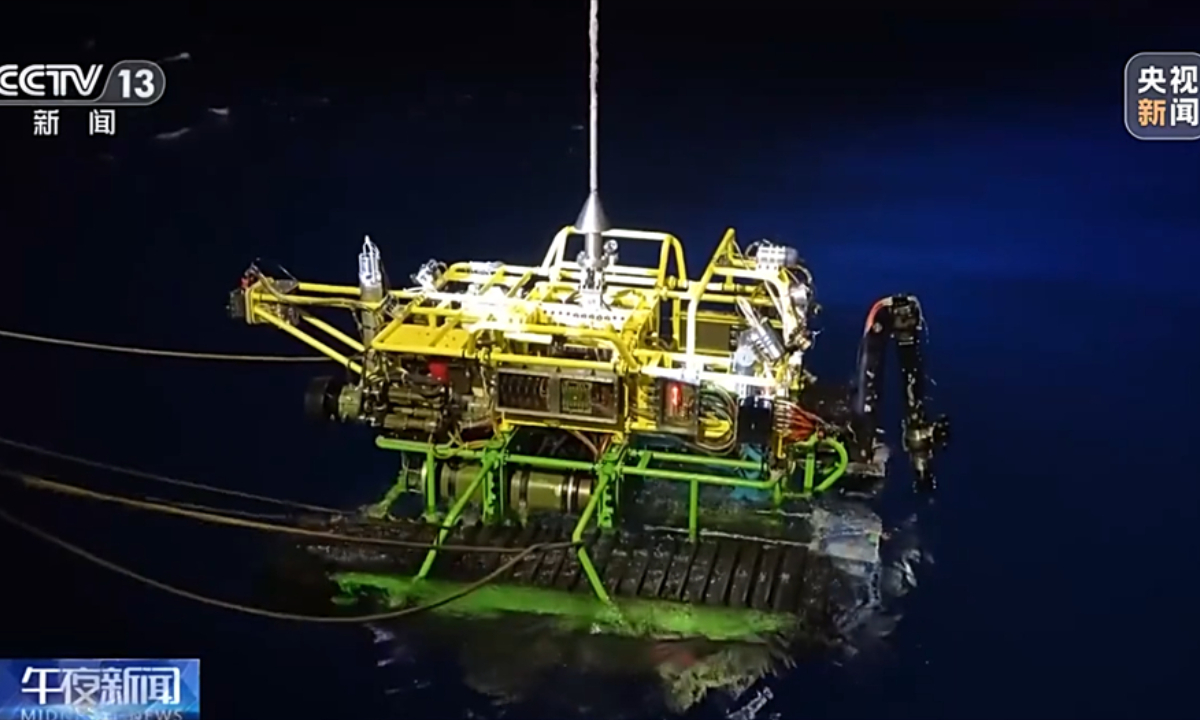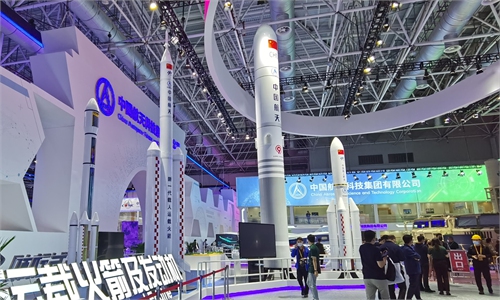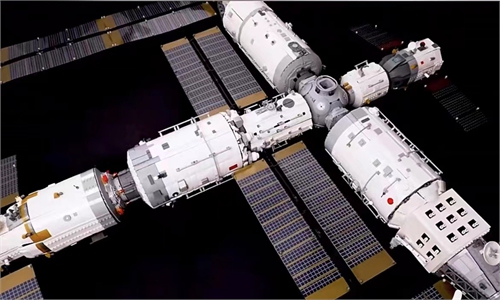New-generation satellites and facility to hunt for high-energy cosmic rays expected to go onboard China Space Station

China’s new-generation space science satellite – the enhanced X-ray Timing and Polarization mission Photo: CCTV
Steady progress has been made in a number of important scientific research equipment and construction projects, which will allow China to achieve technological breakthroughs and produce significant outcomes in some cutting-edge scientific fields, the Chinese Academy of Sciences (CAS) revealed during a work symposium on Monday.
Wang Yifang, director of the Institute of High Energy Physics of CAS, detailed at the colloquia that China’s new-generation space science satellite – the enhanced X-ray Timing and Polarization mission, a science mission designed to study the state of matter under extreme conditions of density, gravity and magnetism, a major international cooperative space science mission initiated and led by Chinese scientists, China Central Television (CCTV) reported on Wednesday.
The satellite will serve as the future successor for China’s first space telescope, the Hard X-ray Modulation Telescope named “Huiyan,” or “Insight,” with its comprehensive performance expected to surpass the detection capabilities of the “Huiyan” by more than 100 folds.
Wang said that the High Energy cosmic-Radiation Detection facility will be integrated into the China Space Station around 2027 to hunt for high-energy cosmic rays.
Another national major scientific and technological infrastructure project in China, the High Energy Photon Source, is expected to be commissioned and enter operation in 2025. When completed, it will be the first high-energy synchrotron radiation light source in China and one of the brightest fourth-generation synchrotron radiation light sources in the world.
Moreover, the planning of the Phase II upgrade project of the construction of the China Spallation Neutron Source in South China’s Guangdong Province is currently underway and expected to begin construction within this year.
These facilities provide cutting-edge means for scientific research in the fields such as condensed matter physics, materials science, geology and environmental science, enabling researchers to make significant and pioneering breakthroughs of findings and inventions in their respective areas.
As the major force of national strategic science and technology, the CAS will plan and deploy the reform, innovation and development in two phases for the future period, strengthening the overall planning of major scientific and technological tasks, and promoting the overall innovation capacity and the targeting of significant achievements.
Global Times



